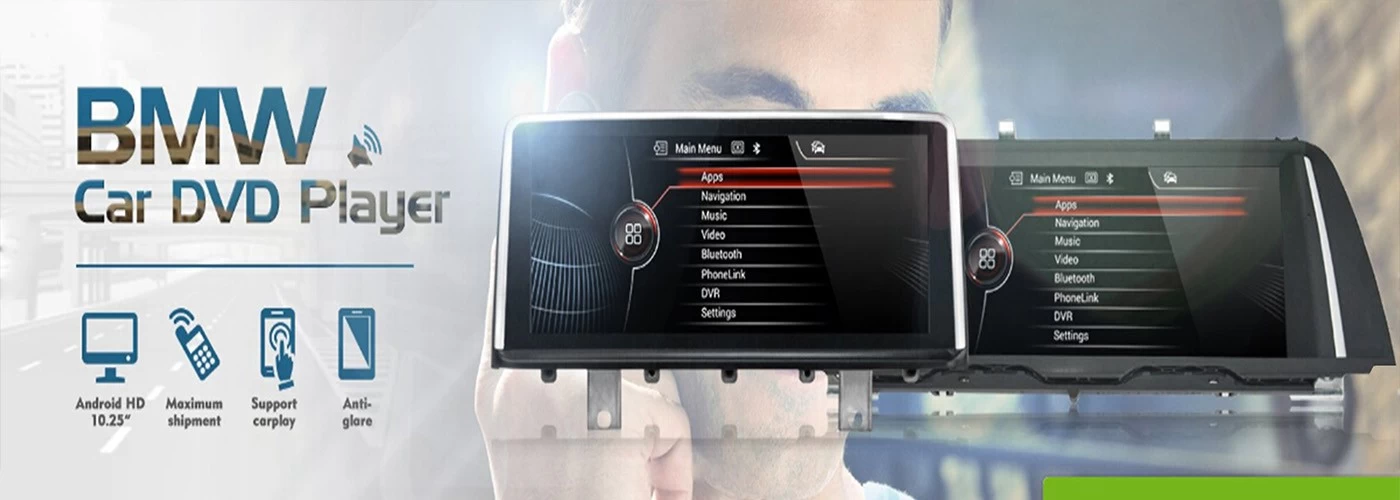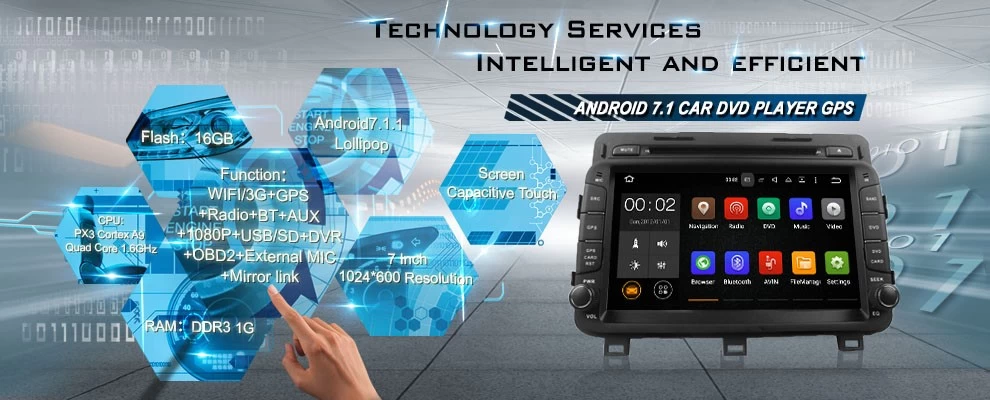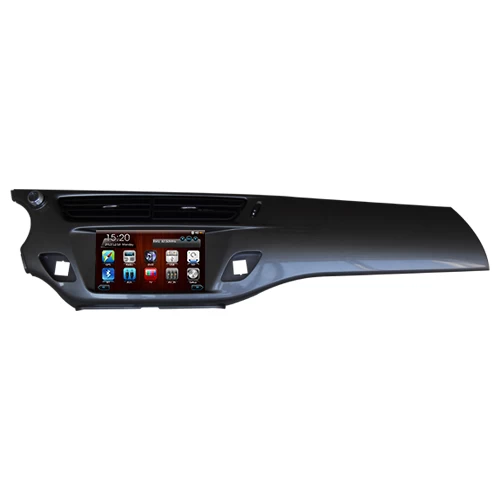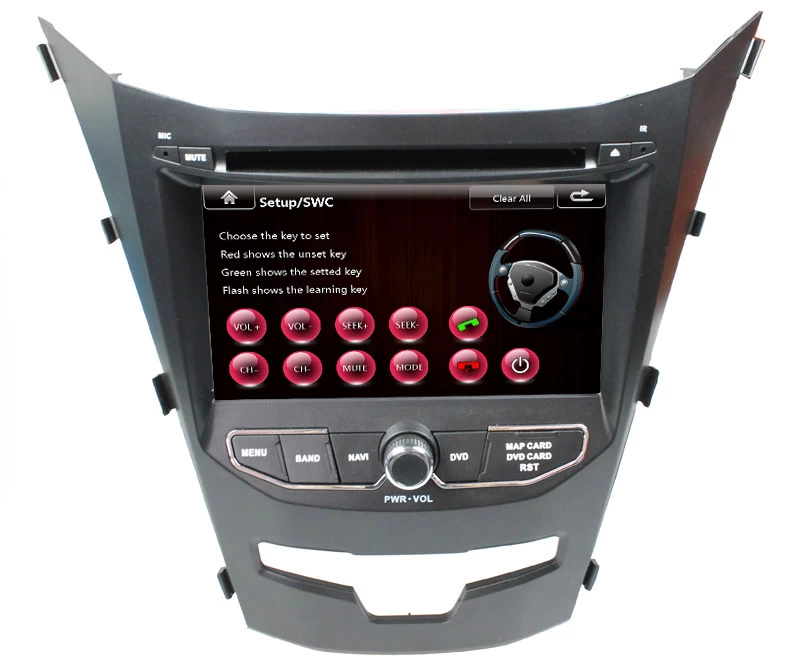The Evolution Of In-Car Media And Infotainment
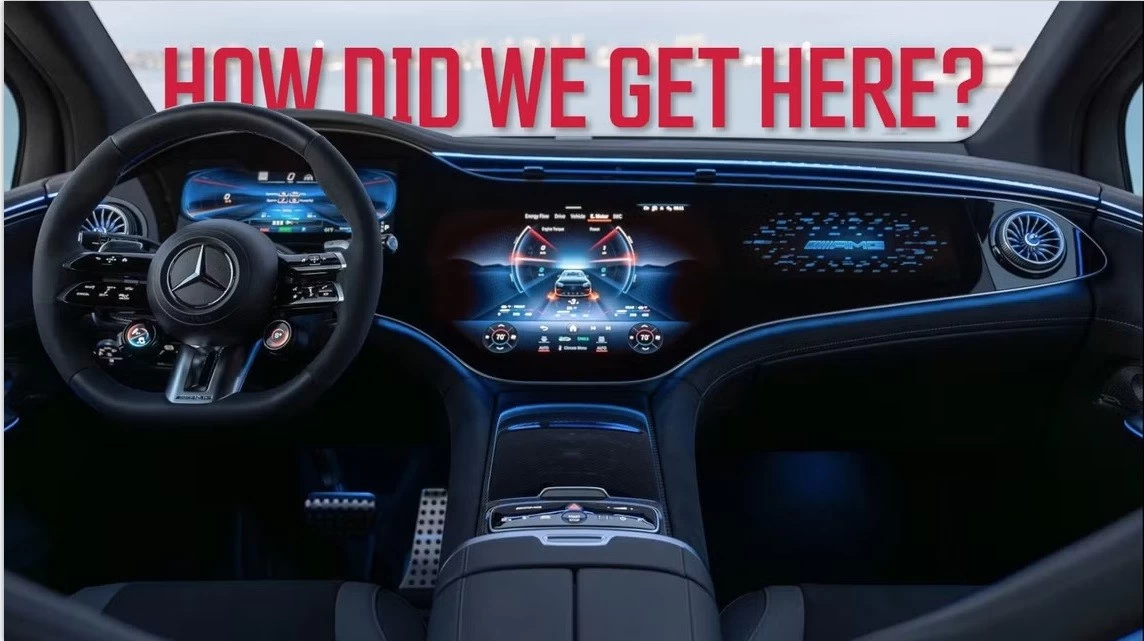
In today’s world, where cars are complex electronic devices on wheels, the infotainment screen is at the heart of our vehicle’s functionality. Controlling most key features such as climate control, heated seats, navigation and media, the modern infotainment system has become as important as the car's engine and gearbox.
However, the road to the multi-functional, touchscreen-operated units we are accustomed to today has been a very long one. Over the course of their history, cars have gradually evolved to be equipped with a variety of individual functions related to media, communication and navigation, before all these features were grouped together into a single device that would gain the catchy name of “infotainment system.” Let’s explore some of the history that brought us our sleek in-car screens, and some of the most exciting updates in the present and future.
Before Infotainment: The Early History Of In-Car Media
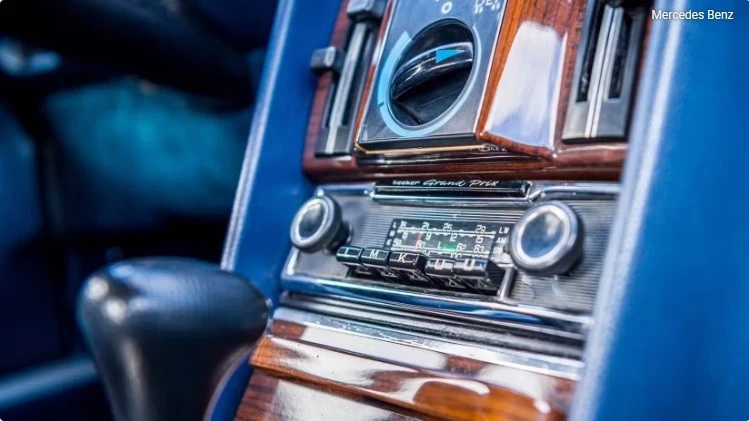
Before there were infotainment systems, there was the plain old in-car radio. The first form of this technology to be integrated into a car appeared in the 1930s. The earliest units were AM only, and extremely expensive. Around two decades later, FM radio arrived on the market; the 1950s were also a decade of experimentation when it came to in-car audio on demand, as Chrysler launched a short-lived record player system drivers could use to listen to their own music. Due to the obvious pitfalls of having a record player in a moving vehicle, as well as the fact that the system was only compatible with its own proprietary records instead of regular ones, the feature was not offered for very long.
Talking On The Move: The Car Phone
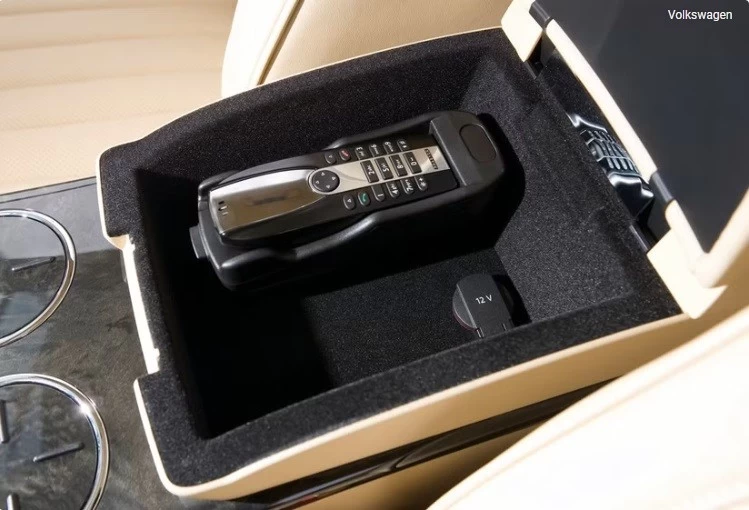
The first example of in-car phone technology arrived surprisingly early, in 1946. Introduced in Chicago by Motorola, the system used radio technology to connect the vehicle to the landline phone network. Even though the new system represented a massive leap forward in terms of innovation, it still had a number of major disadvantages. One was its sheer size and weight: at 80 lbs, it was extremely bulky, and needed a professional technician to install it in the vehicle. The wait to be connected was frequently very long as well, since this early system only had the capacity to handle three calls at the same time.
Car phone technology continued to evolve throughout the 50s, 60s, and 70s, but it wasn’t until the early 80s that the technology really started to take off. Even then, few people chose to have this option installed in their car, with car phones remaining the preserve of high-profile executives who worked on the move. The heyday of the car phone eventually proved to be short-lived, as in the mid-1990s mobile phones began to make the technology obsolete, and by the turn of the millennium had replaced the car phone almost completely.
The First Touchscreen
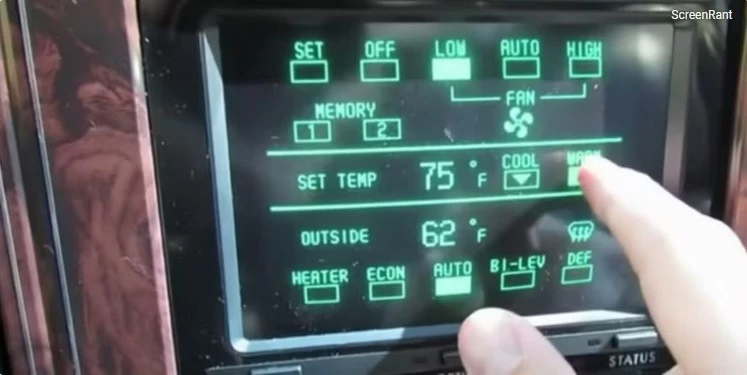
Much like the car phone, in-car touchscreens are a form of technology that made its debut earlier than you might think. Although the highly responsive, high-tech touchscreens we are used to in modern vehicles did not become a common part of automotive technology until well after the new millennium, the first vehicle in history to be equipped with a touchscreen was the 1986 Buick Riviera.
Needless to say, the touchscreen installed on the Riviera would be unrecognizable to one of its modern descendants: a green-and-black cathode-ray tube unit dubbed the “Graphic Control Center." It made a beeping noise every time it was touched, and only lasted four years on the market. One of the chief complaints was that it was too distracting and took drivers’ eyes off the road; one problem with touchscreens that automakers are still attempting to solve.
The Birth Of Infotainment
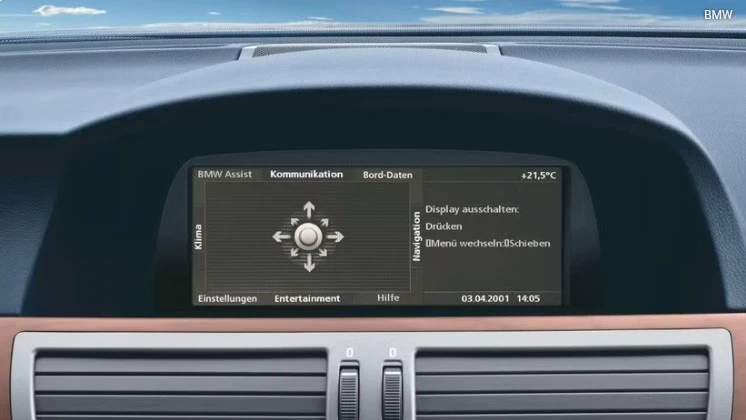
The term infotainment was first used in the early 1980s to refer to “soft news” (a combination of information and entertainment). Soon the word started to be used in an automotive context as well, to describe a single system that performed multiple functions related to travel information (such as navigation and the trip computer) and entertainment (such as in-car radio and media players).
BMW’s iDrive, launched in 2001, was one of the first modern infotainment systems, incorporating a multitude of features including music, navigation, and phone calls in a single interface controlled by a wheel on the center console. Other carmakers soon followed suit, with each company creating their own proprietary operating system for their cars’ units.
Bluetooth And The Start Of Mobile Phone Connectivity
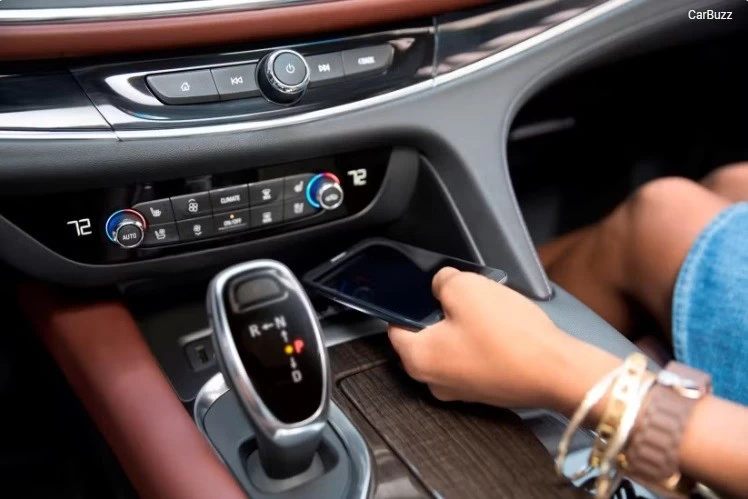
With the demise of the car phone and the rise of mobile phones, carmakers started to look for ways to implement mobile phone connectivity in their vehicles. Bluetooth technology proved to be the solution, remaining a part of vehicle infotainment systems to this day. The first brand to offer Bluetooth phone connectivity in their vehicles was Chrysler, which introduced Bluetooth as part of its UConnect infotainment system in 1999 for the 2000 model year.
Eventually, other automakers began to implement Bluetooth connectivity in their lineups, and by 2010 the technology was fairly commonplace in several best-selling car models. Today, Bluetooth is still around, serving as the basis for more complex mobile phone connectivity systems such as Apple CarPlay and Android Auto.
Apple CarPlay And Android Auto
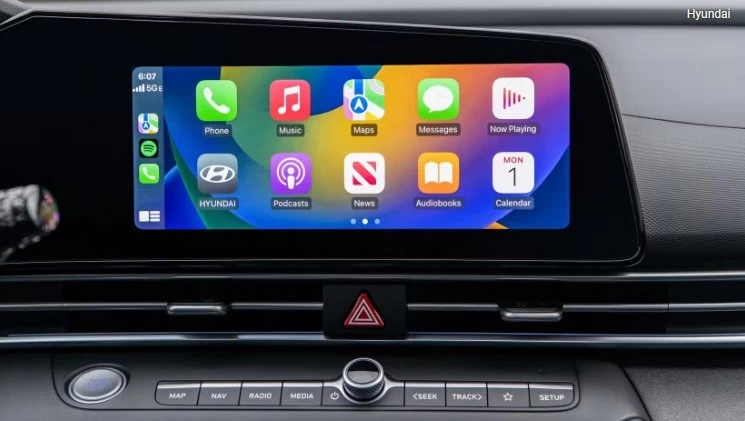
After simple Bluetooth connectivity, which allowed for audio transmission of phone calls and music but not much else, another way of connecting your phone to your car emerged: Apple CarPlay and Android Auto. Both these systems effectively turn the user’s smartphone into the car’s infotainment system, allowing them to use the phone functionalities they already had (such as music, navigation, etc.) with a familiar, intuitive layout.
While Apple-friendly sound systems and early versions of what would become CarPlay had been available on some models since 2008, it wasn’t until 2014 that the first car equipped with a full version of CarPlay, a Ferrari FF, was launched at the Geneva Motor Show. Android Auto, the equivalent system for Android devices, arrived a year later; the first model to be equipped with it was the 2015 Hyundai Sonata. Over the course of the following five years, Apple CarPlay and Android Auto rapidly gained popularity, and eventually became a near-default feature for most new cars sold in the US.
Bigger And Bigger Screens: What's Next For Infotainment Systems?
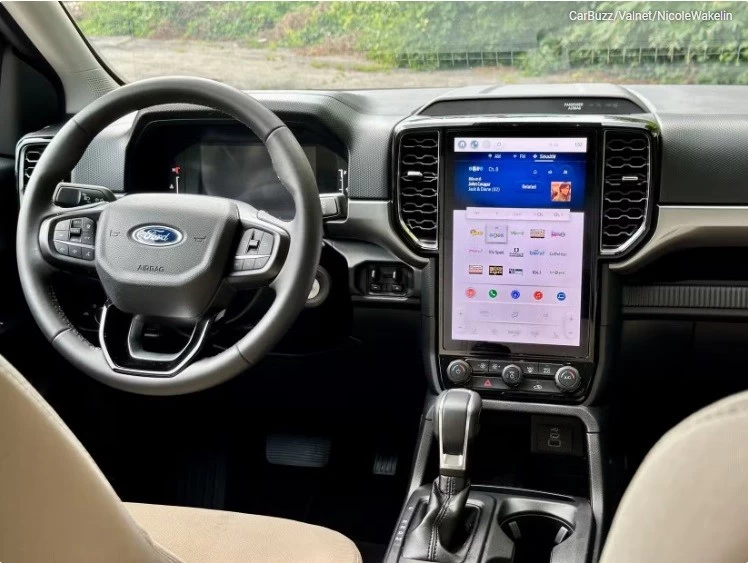
While, on the surface, infotainment systems have gradually become easier to use and more intuitive over the years as technology evolved, there is still a long way to go. In 2024, J.D. Power published the US Automotive Performance, Execution and Layout (APEAL) study, which analyzes car owner’s satisfaction with several aspects of new vehicles including performance and design. Infotainment systems turned out to be one of the major pain points revealed by the study: drivers thought their cars’ infotainment screens were overly complicated, functioned in a patchy way, and relied on touchscreens too much with not enough physical controls. However, the latest study shows that multimedia systems are improving.
While the implementation of software such as Apple CarPlay and Android Auto has made a positive contribution, there are still improvements to be made on the part of automakers to make the infotainment user experience easier and more straightforward. Some even propose a move away from touchscreens, or at least the coexistence of touchscreen units with some physical controls, to make it easier for drivers to operate the systems while driving without having to look away from the road.
Another major innovation in the world of infotainment has been over-the-air updates, which can upgrade a system’s functionality remotely by downloading additional software, without having to take the vehicle to a garage to be updated. This has been a game-changing form of technology, as infotainment systems in the past were frequently one of the first features in a car to become obsolete as technology moved on.
As cars become more and more connected, even the very concept of the infotainment system will become redundant: rather than a standalone device installed in the car, the screen (or, more and more frequently, multiple screens) will be an essential part of the car itself, as vital as the wheels or the gearbox.



